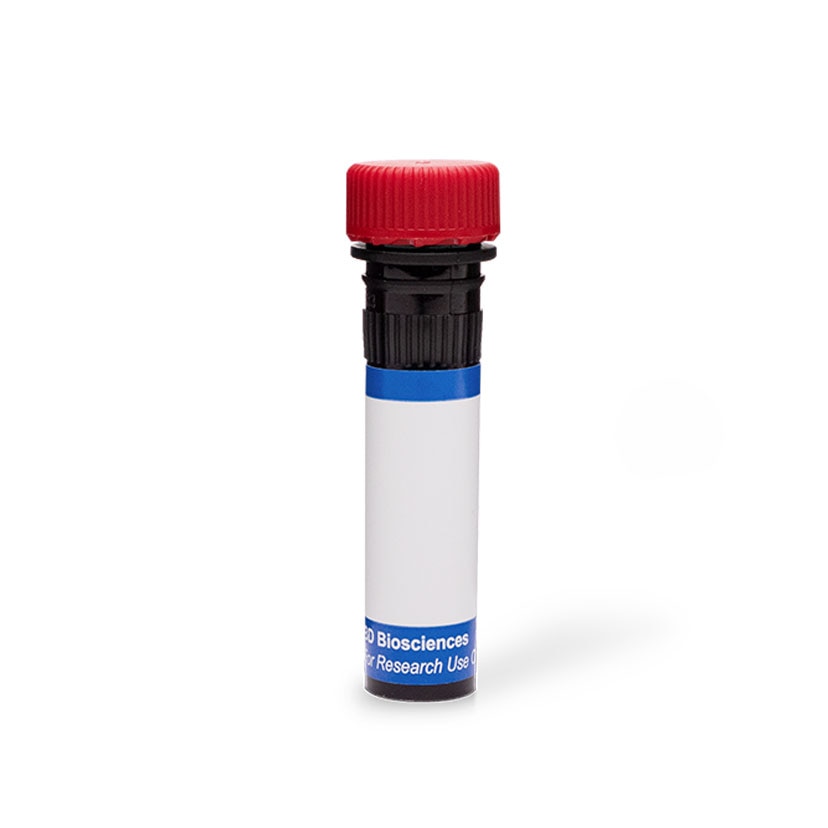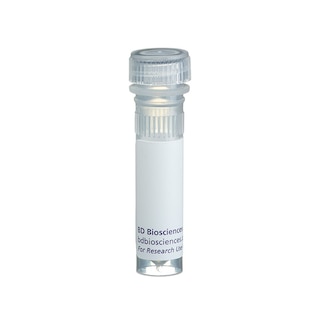The 29F.1A12 monoclonal antibody specifically recognizes CD279 which is also known as Programmed Death-1 (PD-1). CD279 (PD-1) is a ~55-kDa type I transmembrane glycoprotein that is encoded by Pdcd1 (Programmed cell death 1) which belongs to the CD28/CTLA-4 family of immunoreceptors within the Ig superfamily. CD279 (PD-1) is comprised of an extracellular region with an IgV-like domain, a transmembrane sequence, and an intracellular region with an immunoreceptor tyrosine-based inhibitory motif (ITIM) and an immunoreceptor tyrosine-based switch motif (ITSM) that are associated with suppressive immunoregulatory functions. CD279 (PD-1) is variably expressed on some thymocyte subsets and developing B lymphocytes at the pro-B-cell stage. It is also inducibly expressed on activated myeloid cells, B cells, and T cells including exhausted T cells found in mice during chronic viral infections or cancer. Although this co-inhibitory receptor plays roles in mediating immunological tolerance and preventing autoimmune responses it can also inhibit protective immune responses against microbial infections and cancer. CD273 (also known as PD-L2 or B7-DC) and CD274 (PD-L1 or B7-H1) are members of the B7 family within the Ig superfamily. These molecules serve as ligands for CD279 (PD-1) and are variably expressed on lymphoid and nonlymphoid cell types including antigen-presenting cells and tumor cells. The 29F.1A12 antibody can reportedly block the binding of these ligands as well as other mouse PD-1-specific antibodies including clones J43, G4, and RMP1-14. Antibody-mediated inhibition of the interaction between PD-1 and its ligands can serve as an immune checkpoint blockade that can augment T-cell responses against tumor cells.










